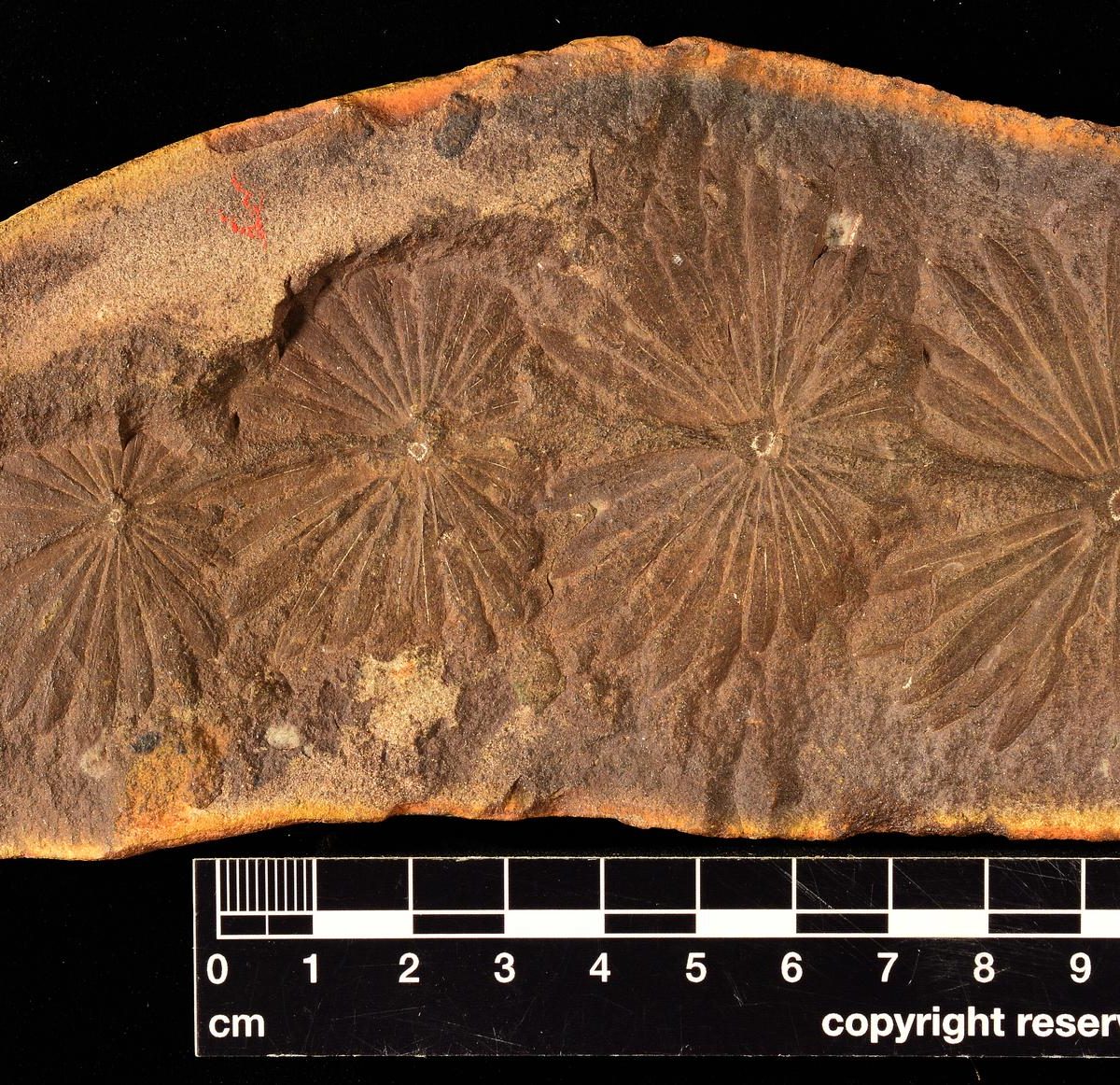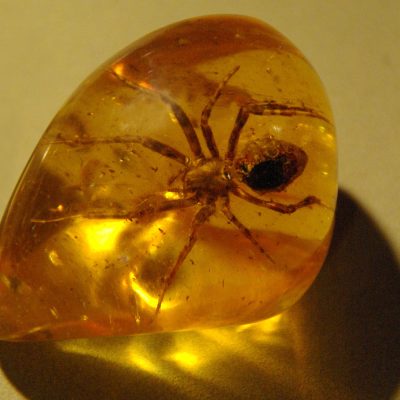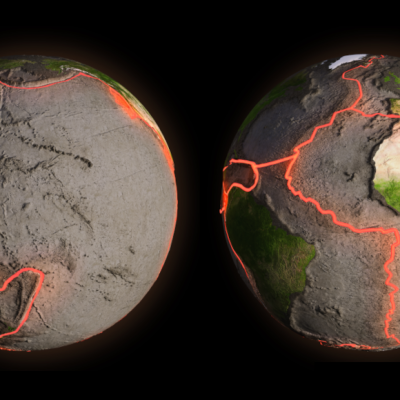A unique fossil site has been discovered in Wales, containing over 150 mostly tiny species. The site provides new insights into the diversity of life during the middle Ordovician period. Researchers from the Chinese Academy of Sciences have found a one-of-a-kind fossil site in Castle Bank, Wales, containing a large number of small organisms preserved in a 462 million-year-old rock formation of volcanic ash and fine marine mud. Even the smallest details, such as tiny tentacles, internal organs, and nervous systems, have been fossilized, which is unusual. The research group, led by Joseph Botting from the National Museum Wales, has identified over 150 different, previously unknown species in Castle Bank, most of which are tiny marine creatures measuring only a few millimeters. Some of these new species resemble early arthropods or even insects, while others are more comparable to worm-like creatures, sponges, or starfish.
The newly discovered life forms are from the middle Ordovician period, an era from which few fossils have been found. The Ordovician is considered the era in which the precursors of current groups of organisms experienced greater diversification and the foundations of today’s biodiversity were created. The fossil site provides new insights into the development of life during this important time. The researchers have only been able to examine a small area of the fossil site, and more discoveries are expected in the future.
The discovery of this unique fossil site is significant because it provides a new window into this important time for the development of life. The fossils are from the time of the “Great Ordovician Biodiversification Event,” when the first animals with hard skeletons began to develop. For the first time, researchers can see what happened to the rest of the ecosystem during this time. The fossil site is expected to yield new discoveries for decades to come.










